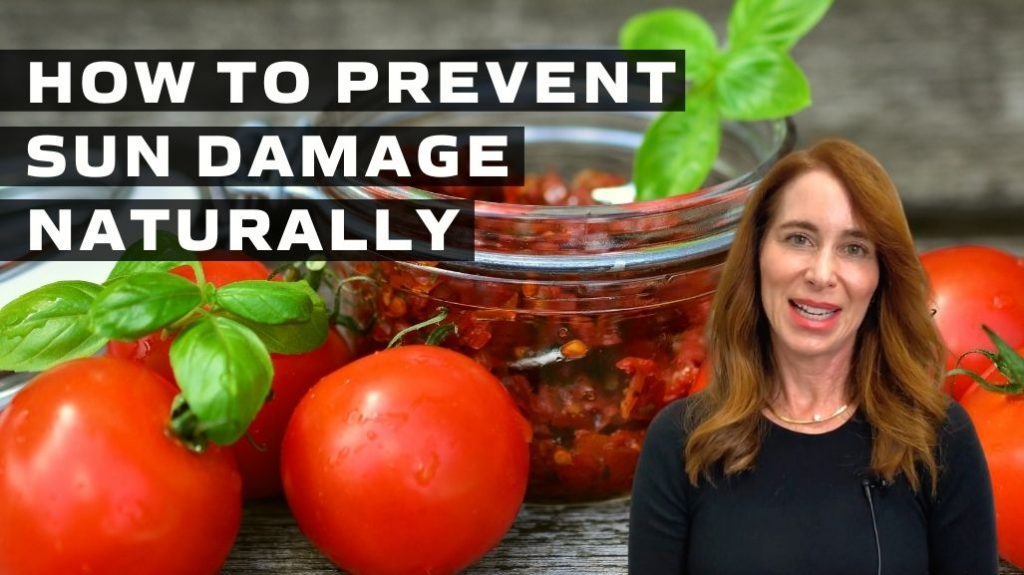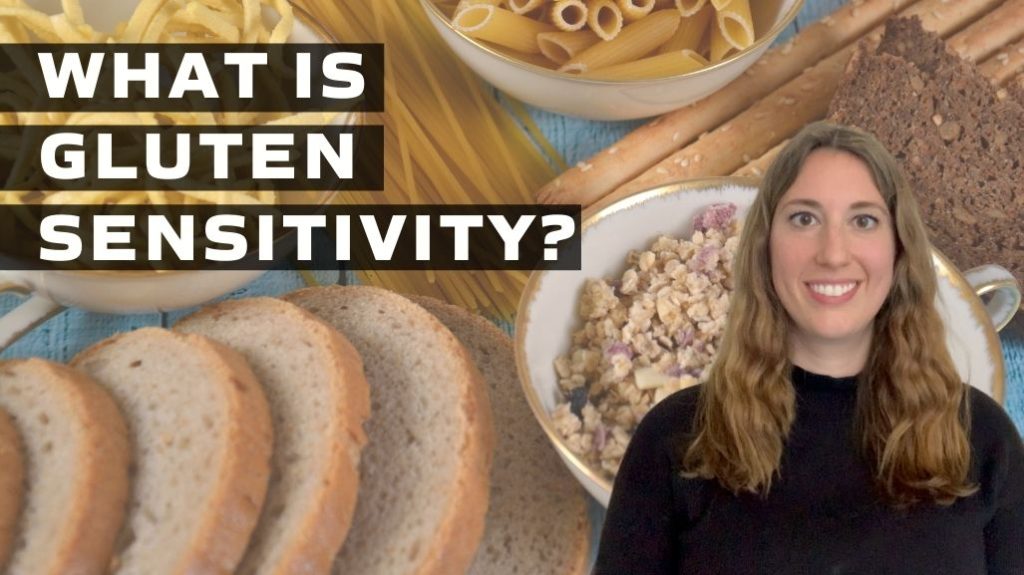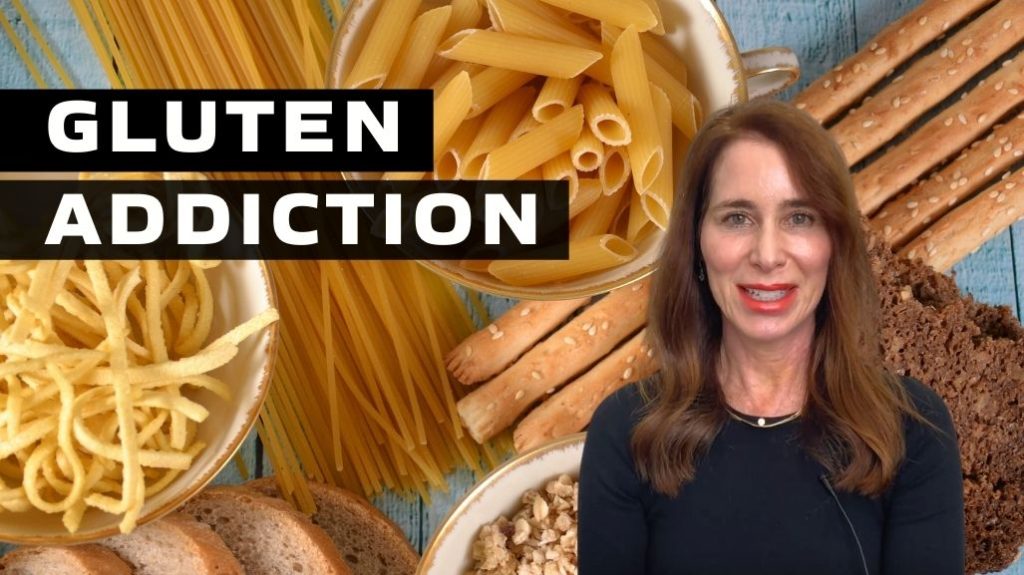How Much Sugar is Too Much?
What’s a healthy daily amount of sugar?
What you will learn about
Here at Root Cause Medical, we have a more stringent guideline than the World Health Organization (WHO) or the American Heart Association (AHA) which allows 25 grams of sugar or about 6 teaspoons per day.
We recommend not more than 12 grams of added sugar per day. If your household has been a high sugar one, certainly moving toward 25 grams is a good start, but ideally, 12 added grams will keep your children (and you) that much healthier.
A 12 ounce can of Coke contains more than 9 teaspoons of sugar.
You probably already knew that soda contains a ridiculous amount of sugar, but there are hidden sources of added sugar you may not be aware of.
Hidden Sources of Sugar
Pasta sauces: 6-12 gm in ½ cup
Granola bar: 8-12 grams
Fruit flavored yogurt: 7 – 33 gm of sugar in a serving, even in low-fat varieties
Fruit flavored instant oatmeal: 10-15 grams
Salad dressings: 5-7 gm in just 2 tablespoons.
Breakfast cereals: 10-20 gm+ per cup
Energy drinks: 25 gm in an 8 oz serving
Packaged fruit: mandarin oranges in syrup have 39 gm in one serving – drain the syrup and you’re still at 16 gm
Coleslaw at fast-food restaurants: 15 gm sugar
Bottled ice tea: the leading brand has 32 gm per bottle
Apple juice: 24 gm in 1 cup. It might not be “added sugar” but it’s still too much considering there’s no fiber and 1 cup equal about 4 whole apples, not something your child would readily eat in a sitting.
New labeling law helps reveal hidden sugar
Detecting added sugar vs. naturally containing sugar is about to become easier to discern with a 2018 FDA mandate for food labels to clearly state added sugar grams on all food labels.
Processed foods, sports drinks, desserts and fruit juice are some of the worst offenders for hidden sugar. In fact the American Academy of Pediatrics announced that children under 1 year of age shouldn’t drink any fruit juice.
Toddlers, meaning up to age 3, are allowed up to 4 ounces of fruit juice per day, but I wouldn’t recommend such an introduction. It’s much safer to stick with water to drink and eat the whole fruit.
Is a special occasion sugar okay?
What about special occasions? Birthdays and holidays can be a reason to indulge in some sugar; it’s just important to keep it isolated to such occasions.
The rest of the time, “treat” good scores on tests or certain milestones with mandarin oranges or a healthy trail mix (homemade is best). You can also make your own “nice cream” with frozen bananas and other healthy ingredients. Please see the recipe section of this website for many healthy sweet ideas.
Tips to reduce sugar intake:
Swap out sugar for other sweet options. Desserts made from dates, apple sauce, or frozen bananas can still feed the sweet desire without any excess added sugar. Your sweet taste gets less pronounced the less sugar you ingest. The result is food that didn’t taste particularly sweet before now tastes delicious.
Even a little powdered date sugar is acceptable because it’s actually a whole food with all the fiber intact.
Drink water – eat fruit. Getting into the habit of only drinking water is very beneficial for your children. When it comes to fruit; eat the piece of fruit in its whole form. A kid’s juice box maybe 100% fruit juice, but all the fiber has been removed and, though natural, a single kid’s box can contain 22 grams of sugar. It’s equivalent to eating about 4 apples, certainly a feat no child could easily accomplish.
Water to drink, no soda, sports drinks, or even orange juice.
The only drink I approve of is healthy smoothies that are blended fruits and vegetables, not juiced. What’s the difference? The fiber is intact vs a juice removes all the fiber and with it, much of the healthy nutrients.
Read the labels carefully. It can be a surprise to learn the high sugar content of yogurt, cereal, ketchup, or salad dressing, but becoming a label reader will alert you to where sugar can hide. As mentioned earlier the labeling laws changed recently, mandating that “added sugars” be delineated on all ingredient labels. This is very helpful as it ends the confusion of natural sugar from fruit vs added sugar.
Insidiously, kids’ cereals have 40% more added sugar than adults’, based on a report from the Environmental Working Group.
Train your children’s taste buds
Here’s a little trick to prove to your child how sugar alters their taste buds. Find a piece of fruit they agree on that tastes sweet to them. Then give them a couple of bites of a dessert or chocolate bar. Now have them go back to the same piece of fruit and observe how it tastes. It no longer tastes sweet and may even seem bitter in comparison.
This is an excellent experiment to prove that the taste of sweet is relative and added sugar “ruins” the sweet taste of natural, healthy foods.
More seriously, studies reveal that too much sugar overloading in children can literally prevent their taste buds from maturing, making them less likely to enjoy a variety of healthy foods.
I well remember meeting a young man at Church who avoided vegetables at all costs. I asked him if he ever ate them as a child and he told me that he grew up on a lot of sugar and his parents informed him that he would hate vegetables when young but might get to like them when he was an adult. He found the taste of vegetables intolerable.
Little changes yield big results
If you begin with small changes in your child’s diet, you’ll be pleasantly surprised how quickly a sweet tooth lessens. In just 3 days with zero sugar, typical sweet cravings go away. Try it on yourself too!
This is never about forcing food on your child or making him or her so miserable that he’s raiding a neighbor’s cookie jar. It’s about gradual changes and continuing to find the foods they enjoy.
If they’re “in love” with a super sweet cereal, start mixing it with a low or no sugar variety. You will gradually lessen their sweet tooth and it should be fairly effortless to wean them off the sugary one.
A little creativity with flavors can go a long way. If you enjoy pancakes on Sunday morning, ditch the syrup and add almond butter and fruit jam (zero added sugar varieties are delicious). Further, consider some sweet spices such as cinnamon and vanilla.
Your kids will be happier because they’ll feel better, and the whole family will appreciate the more stable mood and energy level of a truly healthy child.
Do you need help?
If you or a family member needs help to improve their health, please reach out. Root Cause Medical is all about discovering the underlying reason for your health difficulties, naturally, with a personalized program designed for you.
Contact us for a Free Consultation – Call (408) 733-0400.
If you are not local to us your child can still receive help; our Destination Clinic treats patients from across the country and internationally.
We help the world’s busiest people regain, retain, and reclaim their health, energy, and resilience.
If you liked this blog please share it with friends and family.
Ask a Doctor
Have a health concern you'd like to speak with a doctor about? Or just want clarity on a subject? Ask Us!






